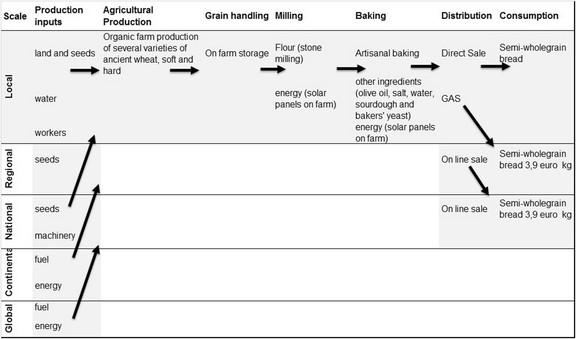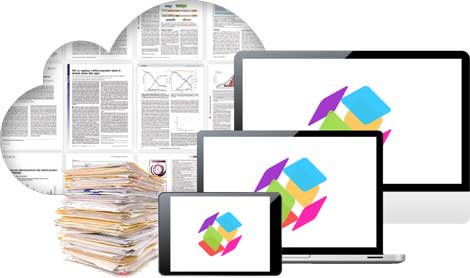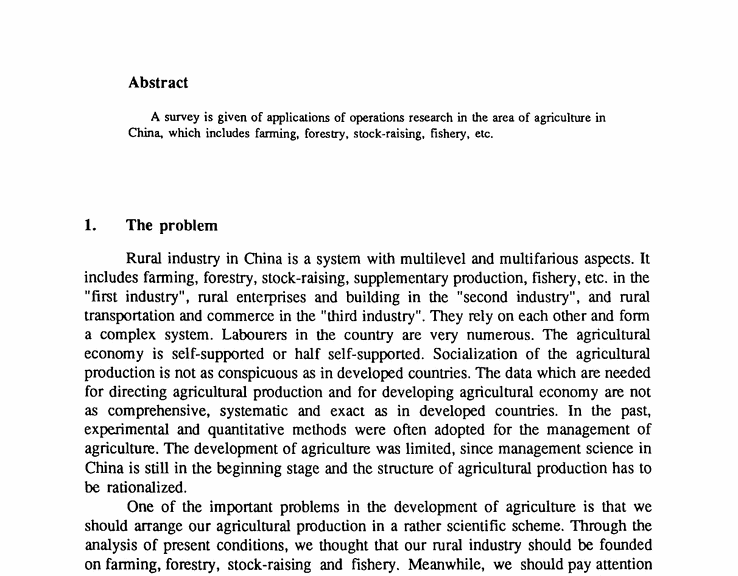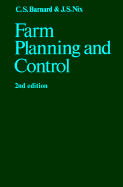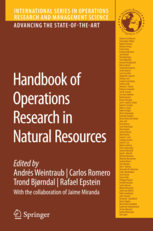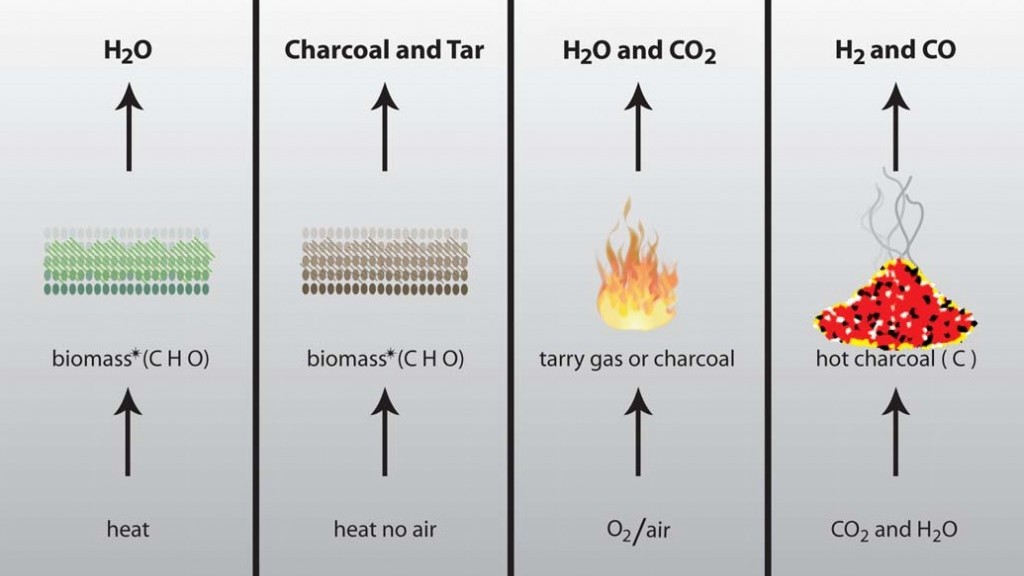They cite this work that I was involved in:
This citation, welcome though it is will probably not count in my Web of Science or Scopus metrics because the ‘journal’ “Agricultural and Food Economics” may be too new.
Agricultural and Food Economics (AFE) is an international peer-reviewed and open access journal published on behalf of the Italian Association of Agricultural Economics. AFE welcomes research articles from economists, scholars and researchers from all over the world to publish problem-oriented and high quality articles. AFE publishes only original articles from a wide variety of economic perspectives that address current and relevant issues related to the agricultural and food system. AFE publishes articles focused on applied analysis, the discussion of innovative results, and relevant policy and managerial implications. AFE seeks clearly written articles from experts in the field, to promote insightful understanding of the current trends in the agri-food system.
Topics of specific interest to AFE include agricultural and food market analysis, agri-food firm management and marketing, organization of the agri-food chains, consumer behavior, food quality and safety issues, economics of nutrition and food security, food and health economics, agri-food policy and trade, sustainable rural development, natural and marine resource economics, land economics.
All articles published by Agricultural and Food Economics are made freely and permanently accessible online immediately upon publication, without subscription charges or registration barriers. Further information about open access can be found here.
The full abstract of the citing article is here. I hope to find time soon to read their work carefully. Watch this space
This paper has been selected as a best paper of the 51th SIDEA Conference in Benevento (18-20 September 2014). It has been accepted for publication in this journal following the usual revision process.
Abstract
Over the 2000s’, consumers’ food purchases have been increasingly informed by supply chain-related issues, with growing concerns about the sustainability of chains differing for their geographical scope. As a result, short food supply chains and local food systems have risen to policymakers and food chain stakeholders’ attention as more sustainable alternatives to mainstream food networks. However, associating food chain’s geographical scope and sustainability performance may not be straightforward. This paper aims at shedding lights on the connection between geographical scope and sustainability by comparing and discussing 19 attributes owing to different sustainability dimensions. The analysis anchors on the wheat-to-bread chain, due to its global relevance. Bread is a worldwide staple food and wheat is (generally) a commodity traded globally. However, wheat processing often occurs locally and baking is influenced by local heritage and consumption patterns, particularly in the EU and in Italy, where gastronomy is culturally embedded. The paper identifies critical aspects and provides a qualitative assessment of the performances of local vs global wheat-to-bread chains. The assessment is carried out on Italian case studies.
JEL: Q18 Agricultural Policy, Food Policy, Q10 General.
Keywords: Sustainability assessment; Food supply chain; Local; Global; Bread

